Pictured: The mountain in Tibet known to over a billion people that no one has ever climbed. Here’s why…
No one has ever climbed this mountain. At least: there is no data showing that one person has ever reached the top.
Yet it is a peak that is known to large parts of the world’s population and that attracts thousands of visitors every year.
See Mount Kailash, one of the holiest mountains in the world, revered by more than a billion Buddhist, Hindu and Jain worshipers and considered too sacred to set foot on.
The mountain, also known as Kangringboqe Peak, is located at an altitude of 6,714 meters in a remote southwestern corner of Tibet. Hindus believe it is the home of the God of Shiva and, along with Buddhists, call it the mythical Mount Meru, the central axis of the universe.
It is forbidden to climb the natural giant for fear that it will damage its sanctity, the Times of India. ThoughtThe publication tells the mythical story of a monk named Milarepa who conquers the peak and returns to “warn everyone in advance not to bother the God who rests high on the peak.”
Mount Kailash (pictured), also known as Kangringboqe Peak, is one of the world’s most sacred mountains – a peak that remains unclimbed
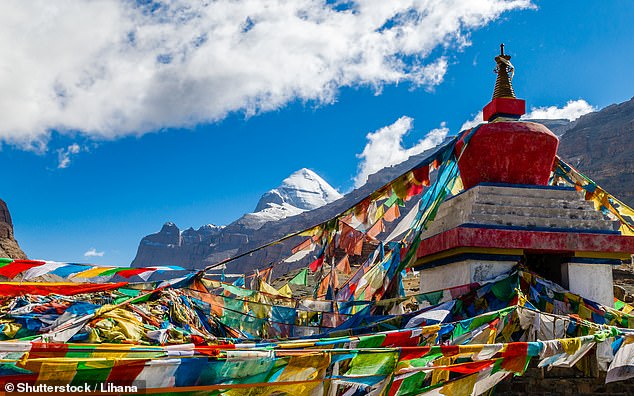
Colorful prayer flags flutter in the wind, with the south side of Mount Kailash in the background
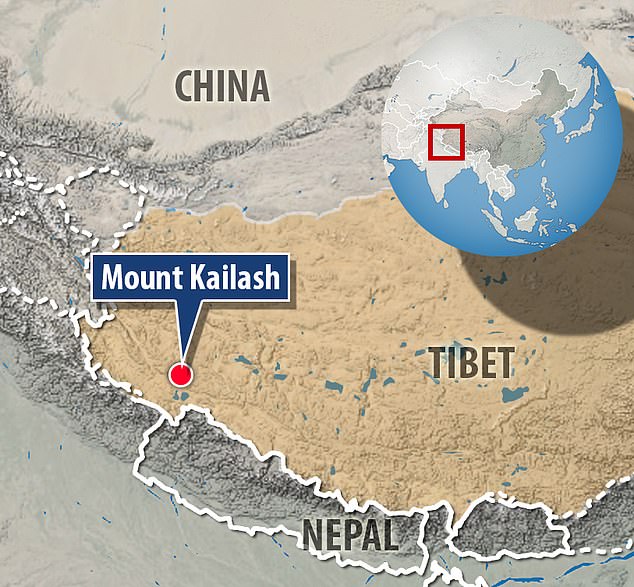
Mount Kailash is located at an altitude of 6,714 meters in a remote southwestern corner of Tibet
And in 1926, Colonel RC Wilson of the Indian Army considered an expedition to the summit, but heavy snow made the attempt impossible.
Religion, mythology and weather conditions aside, Mount Kailash is ‘considered impossible to climb’ due to the ‘physical challenges’ it poses.
That’s what a Tibetan tour operator says Tibet View on its website, adding: ‘The mountain’s pyramid-like shape, steep slopes and constant snow cover make it incredibly difficult.
‘The summit stands out from the surrounding peaks with its symmetrical walls that reach high into the sky. The slopes are almost vertical, making it an extremely difficult task for climbers.’
Although never conquered, the lonely peak welcomes thousands of pilgrims every year. World Pilgrimage Guide notes.
The journey to get there alone is one of great perseverance, with no flights, trains or buses near the mountain, and with “difficult, often dangerous journeys,” he adds.
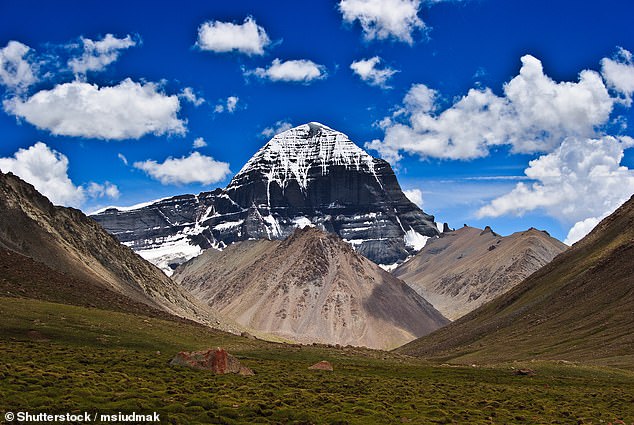
Although never conquered, the mountain welcomes thousands of pilgrims every year and travelers usually spend three days hiking around the base.
During the three-day pilgrimage known as ‘The Kora’, pilgrims – and visitors – walk clockwise around the base of the mountain three times. Meanwhile, the Jain and Bon religions are turning counterclockwise.
Participants should prepare to walk 15 to 22 km per day, according to Wonders of Tibetwho describes the trekking route as ‘one of the highest in the world’.
The journey begins in the small town of Darchen, at an elevation of approximately 15,091 feet (4,600 m). While the highest point, Drolma La-Pass, is 5,650 meters above sea level.
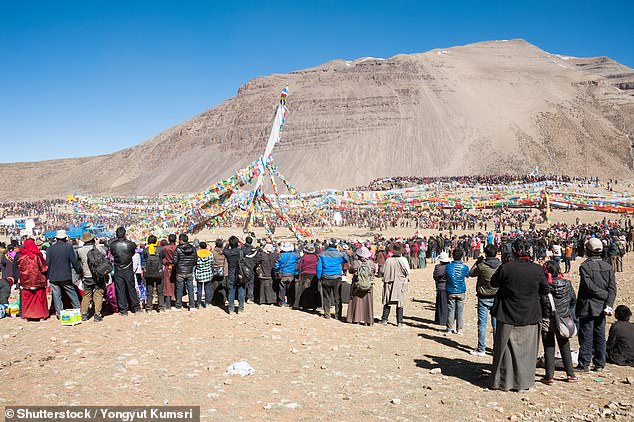
The pilgrimage is known as ‘the kora’ and travelers circumambulating the holy site should be prepared to walk 15 to 22 km per day
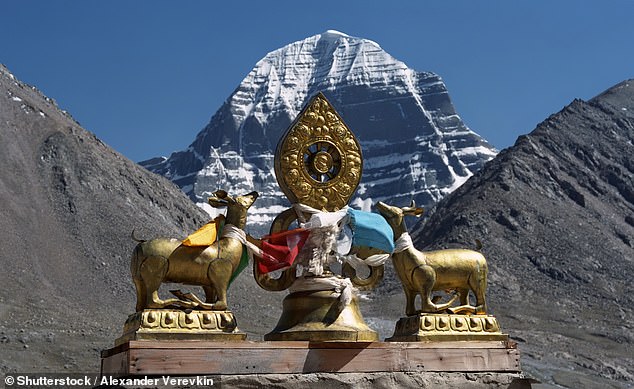
Dharmachakra, the most important Buddhist symbol, on the roof of the Dirapuk Buddhist Monastery, with the north side of Mount Kailash in the background
On the first day, pilgrims hike the route on the south and west sides of the mountain, which are mainly flat and relatively easy to navigate.
On the second day, conditions become more challenging for hikers moving along the north and east sides of the mountain, including along the 5,650-meter Drolma La Pass.
The pilgrimage becomes easier on the last day, which also happens to be the shortest trek.
Travelers head to the south side and complete their journey in the early afternoon.
Participants must be between the ages of 18 and 70 and it is recommended that travelers train for up to three months before embarking on the pilgrimage.
